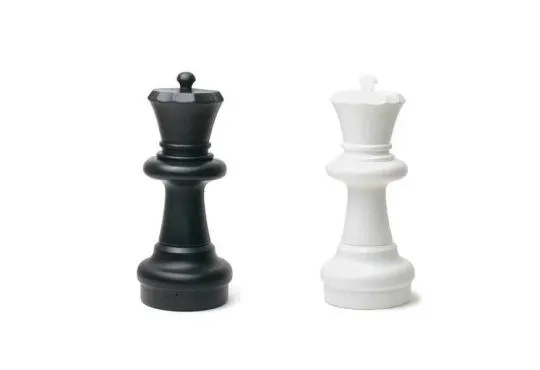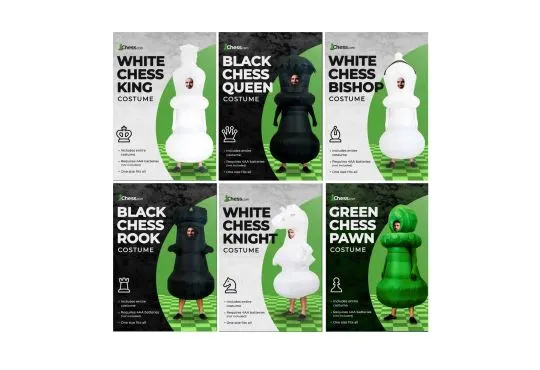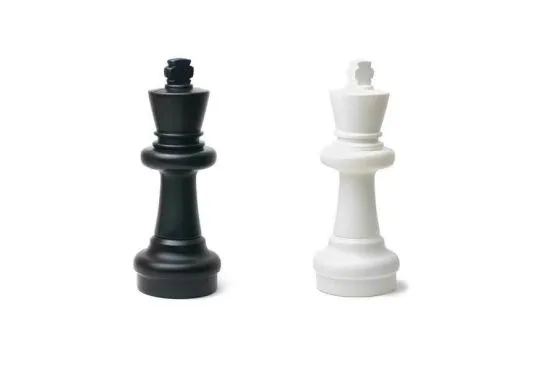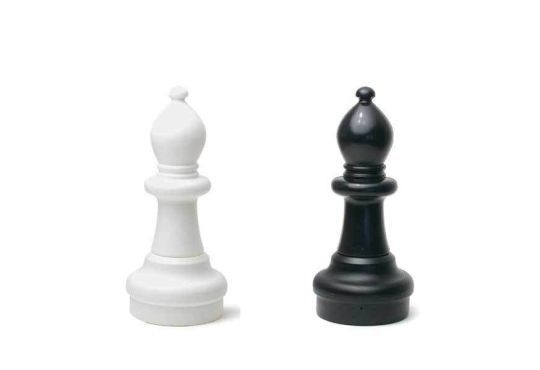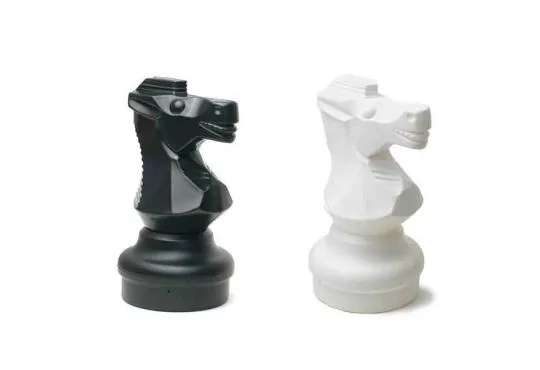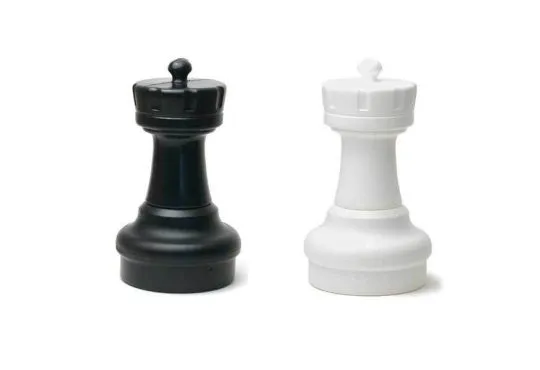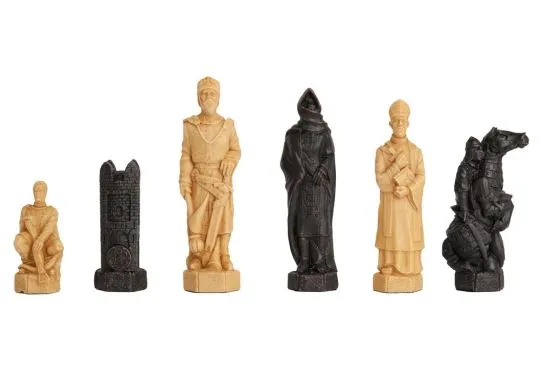What is Human Chess?
Human chess might sound like something out of a fantasy world, but it is real and has quite the backstory. Imagine a chessboard, but instead of wooden pieces, you have real people dressed up in costumes, standing in for Knights, Bishops, and Queens. The game is played on a life-sized board, usually outdoors, turning a classic game into a theatrical experience. It combines strategy with performance, making it as much about entertainment as the game itself.

Origins of Human Chess: Where It All Began
So, where did this version come from? Human chess likely has roots in medieval Europe, where entertainment was almost always a spectacle, especially for royalty. The earliest forms of human chess started as courtly entertainment, where nobles would stage games with real people to show their wealth and power. As with many traditions from that time, it was a way to entertain and display a bit of one-upmanship.
However, the concept didn’t stay confined to Europe. It found its way into various cultures worldwide, each adding its elements. In Vietnam, human chess became a staple during fold festivals, particularly during the Lunar New Year, when the game is played with a great sense of tradition and local flavor. Here, it’s known as cờ người, pronounced as ‘guh ngwee,’ and adds an exciting layer to the festive atmosphere.
Human Chess in History
Throughout history, human chess has popped up in many surprising places, reflecting the local culture and customs each time. For example, the Italian town of Marostica hosts a grand human chess game from 1923. It commemorates a legendary match from 1454, where two knights supposedly played to win the hand of a Lady. This event is a big deal, complete with participants in period costumes, dramatic reenactments and a strict set of authenticity rules. It's like stepping back in time for a few days, and it has become a beloved tradition that draws crowds from all over the country.
Japanese Shogi and Vietnamese Xiangqi
Similarly, in Japan, there’s a unique version called Ningen Shogi. Held in Tendo, Yamagata, this event changes the traditional Japanese chess game of shogi into a live-action performance. Participants dress in Sengoku period costumes, bringing a slice of history to life on a grander scale. This event has become a major cultural highlight, attracting visitors who are eager to see it.
Vietnam has its twist with tradition in Xiangqi, a feature at many villages and temple festivals.
Modern-Day Human Chess: A Living Game
Fast forward to today, and human chess is still thriving, albeit in more theatrical and choreographed forms. You will find it at Renaissance fairs, cultural festivals, and even as part of special historical reenactments. The rules of chess remain the same, but everything else is ramped up for dramatic effect. Picture a grand outdoor setting, with a massive chessboard on the ground and participants dressed in elaborate costumes, representing their respective pieces.

Then, they follow the moves directed by the players, just like in a regular chess game, but with the added flair of being human. This makes every move into a performance, so when a piece is ‘captured,’ it is not just a simple removal from the board. This is also where human chess diverges from standard chess.
What Happens When a Piece is Captured in Human Chess
In many versions of human chess, when a piece is captured, it doesn’t simply step aside; it’s removed with some fanfare. In choreographed performances, these captures might involve staged combat or dramatic exits, much like a scene from a play. For example, two knights might engage in a mock sword fight, and the loser, determined by the script and not the actual outcome of the fight, steps aside.
In some cases, especially those involving groups like the Society for Creative Anachronism, the “pieces” engage in sparring matches using rules similar to medieval combat. This adds a layer of authenticity and excitement to the game, as spectators watch to see how each “battle” plays out. It’s less about who wins or loses the chess game and more about the spectacle and the story being told through the actions on the board.
The Reality Behind Captures: Fact vs. Fiction
When discussing human chess, one question is, “Did people ever die in these games?” Thankfully, the answer is no. Despite the dramatic flair, human chess is all about the performance. A misconception, partly fueled by fictional portrayals, is that human chess was once a deadly game. In reality, these games were never about actual harm. Even in historical contexts, human chess was a form of entertainment, not a blood sport.
Popular culture, however, has played fast and loose with this idea. Take "The Chessmen of Mars" by Edgar Rice Burroughs, for example, where human captives fight to the death as pieces in a Martian chess game. Or think of the movie adaptations of "Harry Potter and the Philosopher’s Stone," where the trio takes the place of chess pieces in a magical, life-sized game. These depictions make for great storytelling but stray far from the truth of human chess’s roots.
How to Play Human Chess
Now that you know the background, you can start by staging your Human Chess Tournament. Here is how to do it:
Gather Your Pieces and Make Your Board
First, you will need a large outdoor space, preferably a flat open area. Draw or mark out a chessboard on the ground. You can do this with chalk, paint or even temporary tape. You will need thirty-two people to act as the chess pieces, sixteen per side, and have participants dressed accordingly. In a standard chess game, each side (white and black) has sixteen pieces:

- 1 King
- 1 queen
- 2 Rooks
- 2 Knights
- 2 Bishops
- 8 Pawns
Learn the Basic Moves
You must check that everyone knows how their assigned pieces move in a standard chess game, and that is:
- Pawns: Move forward one square (or two on their first move) and capture diagonally.
- Knights: Move in an “L” shape (two squares in one direction, then one square perpendicular).
- Bishops: Move diagonally any number of squares.
- Rooks: Move horizontally or vertically any number of squares.
- Queens: Move any number of squares in any direction.
- Kings: Move one square in any direction.
Start the Game
Designate two people to be the players who will call out the moves. They will direct the ‘pieces’ on where to move and strategize, just like in a normal chess game. For example, ‘Knight to F3’ means that the person acting as a Knight will move to the F3 square.
Pro Tip: Assign each piece a unique identifier based on its starting square (e.g., "Knight on b1," "Rook on h8," etc.) and use visual cues like different-colored sashes or props to distinguish them.
-
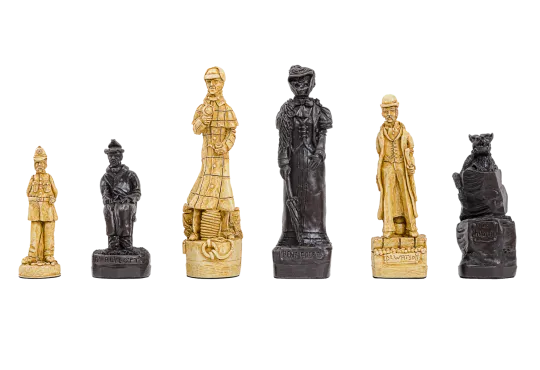 Free Worldwide Shipping
The Sherlock Holmes Series Chess Pieces - 5.95" King - Brown and Natural
Free Worldwide Shipping
The Sherlock Holmes Series Chess Pieces - 5.95" King - Brown and NaturalStarting at $349.00
To $1,183.95
-
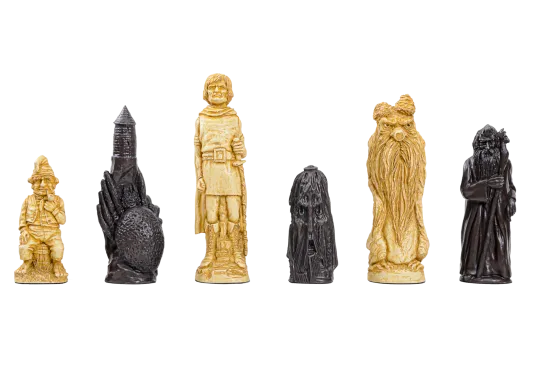 Free Worldwide Shipping
PRE-ORDER - The Lord of the Rings Series Chess Pieces - 5.9" King - Brown and Natural
Free Worldwide Shipping
PRE-ORDER - The Lord of the Rings Series Chess Pieces - 5.9" King - Brown and NaturalStarting at $379.00
To $1,213.95
Capture a Piece
When a piece is captured, have the person either walk off the board dramatically or, if you are incorporating a performance element, enact a small battle or skit to determine the capture. For instance, if a Bishop captures a Knight, the two can engage in a choreographed duel that ends with the Knight stepping off the board.
Play to Checkmate
Continue with the game by directing the human pieces until one side is checkmated. Encourage everyone to stay in character and make their movements as dramatic or expressive as they like because human chess isn’t about winning; it's about putting on a good show.
Fictional Representations of Human Chess
Human chess has inspired a wealth of fictional narratives, from classic literature to modern film and television. In Lewis Carroll’s "Through the Looking Glass", for example, Alice finds herself in a place where chess is played on a grand scale, and she is one of the pieces. Similarly, in the 60s TV series "The Prisoner", the protagonist finds himself in a giant chess match where the stakes are higher than a win or loss on a chessboard.
Conclusion
Human chess is more than an elaborate twist on a traditional game; it’s strategy, performance and cultural storytelling all in one. It is played at festivals, reenactments or even among friends for fun. It offers a great way to engage with classic chess while maintaining entertainment, and maybe a bit of exercise.


